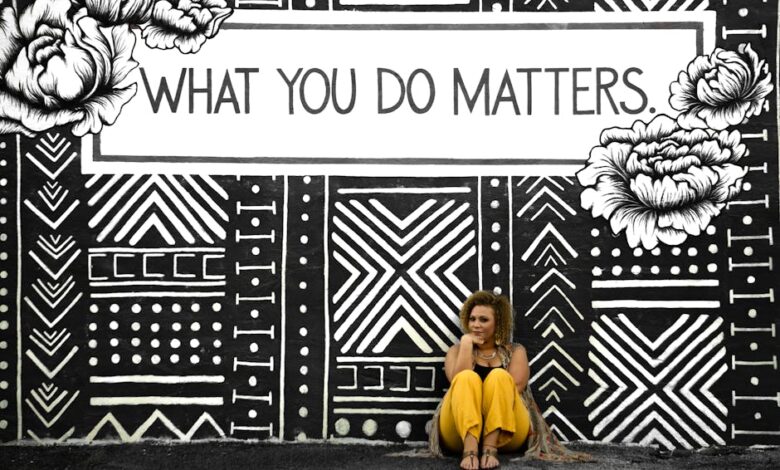The Echo Chamber of Accusations: What Was Alleged?

In our hyper-connected world, where news travels at light speed and political discourse often feels like a high-stakes wrestling match, accusations of censorship are rarely far from the headlines. One such claim recently ignited a firestorm: the assertion that the Biden administration actively censored YouTube. It’s a serious accusation, one that conjures images of government overreach and a chilling effect on free speech. But what happens when you peel back the layers and talk to the people actually working inside the giant video platform? The story, it turns out, might be a little more nuanced than the headlines suggest.
Recent legal filings from Alphabet, YouTube’s parent company, threw fuel on this fire, alleging that the Biden administration attempted to “influence” the company’s content moderation decisions. These claims quickly became ammunition for critics, fueling narratives of governmental pressure on private companies to silence dissenting voices. Yet, a deeper dive, particularly through interviews with around 20 YouTube employees, paints a different picture – one that challenges the dramatic claims of outright censorship.
The Echo Chamber of Accusations: What Was Alleged?
The Republican claims against the Biden administration weren’t vague whispers; they were specific and pointed. Allegations centered on the idea that the administration pressured YouTube and other social media platforms to remove content deemed “misinformation,” particularly regarding COVID-19 and election integrity. For many, this wasn’t just about a simple request; it felt like a coordinated effort to suppress speech that didn’t align with the government’s preferred narrative.
These accusations gained significant traction, especially within conservative media, echoing broader concerns about the power of tech giants and their role in shaping public discourse. When Alphabet’s lawyers presented their case, citing efforts by the Biden administration to “influence” YouTube, it seemed to validate these fears. The legal context added a layer of gravity, suggesting that perhaps there was indeed a battle being waged behind the scenes over what Americans could and could not see online.
It’s important to understand the landscape here. For years, social media platforms have been caught in a difficult position, criticized by the left for not doing enough to combat hate speech and misinformation, and by the right for over-moderating and stifling conservative voices. Against this backdrop, any hint of government involvement in content decisions is bound to be scrutinized, and rightly so. The stakes are incredibly high when it comes to free speech and the flow of information in a democracy.
Inside YouTube: Employees Paint a Different Picture
So, what did the 20 YouTube employees, interviewed for insights into these very claims, have to say? Their collective perspective largely contradicts the notion of a heavy-handed, censorial Biden administration dictating what content stays or goes. Instead, their accounts describe a more mundane, albeit complex, reality of routine engagement between a massive global platform and various government entities.
Many employees noted that interactions with government officials — not just from the Biden administration, but from various governments worldwide and across different U.S. administrations — are commonplace. These aren’t usually clandestine operations or demands for immediate takedowns. More often, they involve officials raising concerns about specific content that might violate YouTube’s own stated policies, particularly around issues like public health, incitement to violence, or election interference.
Routine Engagements, Not Direct Orders
Think of it like this: a government agency might call YouTube’s public policy team to flag a video that appears to spread dangerous health misinformation, asking if it aligns with the platform’s COVID-19 misinformation policy. This isn’t necessarily a demand to censor, but rather an inquiry or an appeal based on YouTube’s existing rules. The employees consistently emphasized that the ultimate decision to remove or restrict content remained internal, guided by YouTube’s elaborate and often debated community guidelines.
One employee might have described it as “constant noise” from various stakeholders, including governments, NGOs, and user groups, all advocating for different types of content moderation. The Biden administration’s communications, while certainly adding to that noise, reportedly didn’t stand out as uniquely coercive compared to other pressures the platform faces daily. There was no widespread internal belief among these employees that the administration was dictating editorial policy or demanding specific channels be deplatformed without cause.
The distinction here is crucial: “influence” can mean many things. A lawyer arguing a case might interpret any government communication as an attempt to influence. However, employees on the ground describe it as part of the job – dealing with external pressure and concerns, then applying internal policies. It’s the difference between a suggestion box and a direct command, and from the employees’ perspective, it leaned heavily towards the former.
Navigating the Murky Waters of Content Moderation
The reality of content moderation on platforms like YouTube is incredibly complex. It’s a high-wire act involving billions of pieces of content, diverse global audiences, and the constant tension between protecting free expression and preventing harm. There’s no perfect algorithm or policy that can satisfy everyone, all the time.
Platforms face immense pressure from all sides: users demanding more freedom, civil rights groups pushing for stricter enforcement against hate speech, advertisers wary of controversial content, and governments concerned about national security or public health. In this environment, YouTube invests heavily in teams dedicated to policy development, content review, and government relations. These teams are tasked with interpreting and applying policies consistently across an unimaginable scale.
The idea that a single government administration could simply “censor” a platform of YouTube’s magnitude, bypassing its internal review processes and global policies, seems highly improbable given the accounts of these employees. The internal mechanisms for content review are robust, involving human reviewers, AI, and multiple layers of decision-making. These processes are designed to be relatively insulated from direct, politically motivated interference, even if they are certainly sensitive to public opinion and external pressures.
Ultimately, this situation highlights a critical challenge of the digital age: how do we distinguish between legitimate concerns raised by governments (or any other stakeholder) about harmful content and genuine attempts to stifle legitimate speech? The lines are often blurry, and public perception is heavily influenced by political alignment and media narratives. What these YouTube employees’ testimonies suggest is that, at least from their vantage point, the claims of outright Biden censorship were a significant overstatement of the reality on the ground.
Beyond the Headlines: A Call for Nuance
When accusations of government censorship against a platform as ubiquitous as YouTube emerge, they demand scrutiny. But as this situation illustrates, relying solely on legal filings or political rhetoric can paint an incomplete picture. The perspectives of the individuals working within these complex systems offer invaluable insights, often revealing a far more intricate dynamic than the sensational headlines might suggest.
The employees’ accounts serve as a reminder that content moderation is less about a single entity pulling strings and more about a continuous, often messy, negotiation between platform policies, public concerns, and diverse external pressures. While discussions about government influence on tech platforms are essential, we must ensure these conversations are grounded in fact and informed by those who live and breathe the realities of content governance every day. Only then can we move towards a more informed understanding of how information flows, and how it is managed, in our digital world.





